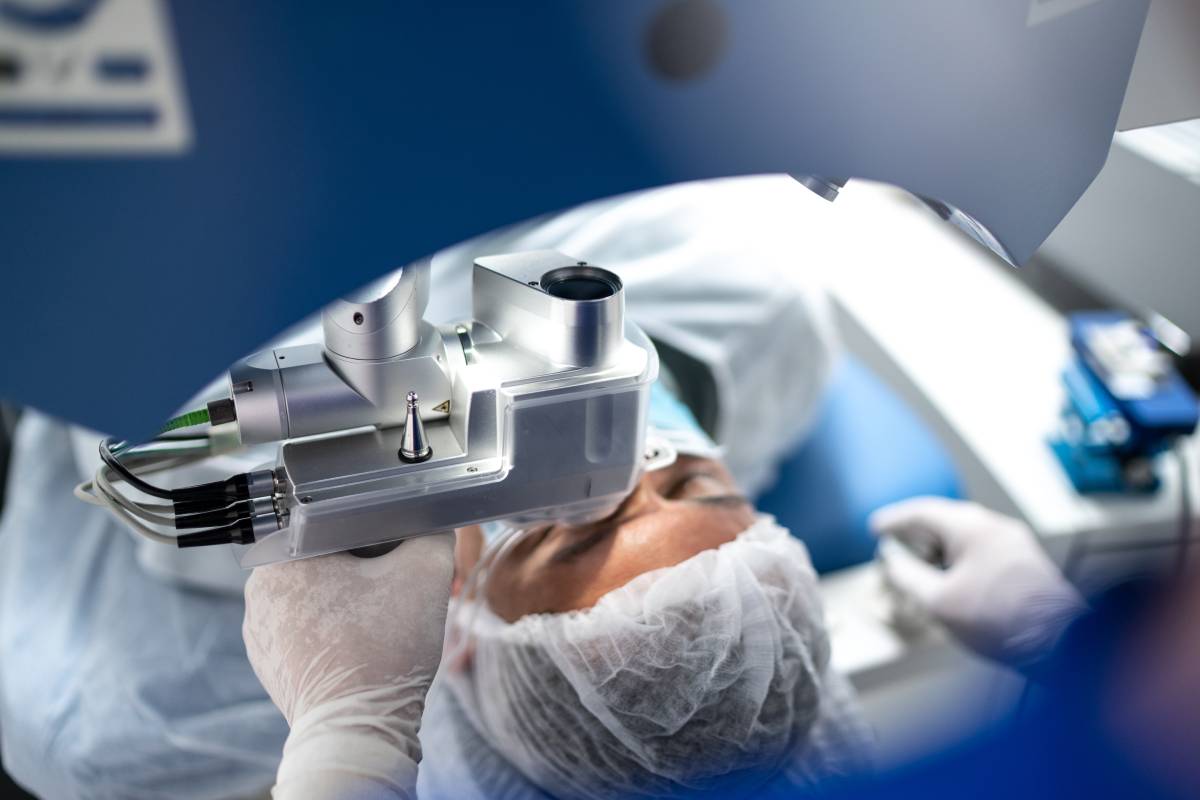Outpatient corneal transplantation, also known as keratoplasty, is an ophthalmic procedure that can significantly improve patients’ lives. Traditionally, corneal transplantation has been performed as an inpatient procedure, requiring hospital stays and prolonged postoperative monitoring. Advances in surgical techniques, anesthesia, and postoperative care have made it possible to perform cornea surgery on an outpatient basis, reducing hospital costs and improving patient comfort without compromising safety or efficacy.
The cornea, the transparent front layer of the eye, works to focus light onto the retina. Damage or disease to the cornea can result in significant visual impairment or blindness. Conditions such as keratoconus, corneal scarring from infection or injury, and endothelial dysfunction are primary indications for corneal transplantation. The advent of advanced surgical techniques, including lamellar keratoplasty (LK) and Descemet’s membrane endothelial keratoplasty (DMEK), has refined the process of corneal transplantation, making it less invasive and more suitable for the outpatient setting (1).
Lamellar keratoplasty involves replacing only the diseased layers of the cornea, preserving healthy tissue and reducing the risk of rejection and other complications. DMEK, a subtype of LK, involves the selective transplantation of the endothelial layer, which is particularly beneficial for patients with endothelial dysfunction. These techniques have shown superior outcomes compared to traditional penetrating keratoplasty (PK), which involves full-thickness corneal replacement (2). The reduced invasiveness of these procedures translates to shorter recovery times and lower complication rates, making them ideal for outpatient surgery (3).
Outpatient cornea surgery is also facilitated by advances in anesthesia, including the use of strategies such as topical and local anesthesia that decrease the need for general anesthesia. These anesthetic techniques also contribute to faster recovery and discharge times. The use of minimally invasive surgical instruments and techniques further enhances the safety and efficiency of the procedure (4). Postoperative care has also evolved, with improved medications and follow-up protocols that can be effectively managed on an outpatient basis. Patients are typically discharged within hours of surgery with detailed instructions for home care, including the use of prescribed eye drops to prevent infection and control inflammation (5). In addition, remote monitoring and virtual follow-up appointments have become increasingly common, allowing ophthalmologists to closely monitor patients’ progress without requiring frequent in-person visits.
In conclusion, outpatient cornea surgery represents a significant advancement in ophthalmic care, combining the benefits of minimally invasive techniques, advanced anesthesia, and improved postoperative management. These advances not only improve patient outcomes, but also contribute to more efficient healthcare delivery. Ongoing research and technological developments are likely to further refine these procedures and continue to improve the quality of life for patients with corneal disease.
References
- Melles GR, Lander F, Rietveld FJ, Remeijer L, Beekhuis WH, Binder PS. A new surgical technique for deep stromal, anterior lamellar keratoplasty. Br J Ophthalmol. 1999;83(3):327-333. doi:10.1136/bjo.83.3.327
- Price MO, Price FW Jr. Descemet’s stripping with endothelial keratoplasty: comparative outcomes with microkeratome-dissected and manually dissected donor tissue. Ophthalmology. 2006;113(11):1936-1942. doi:10.1016/j.ophtha.2006.05.034
- Anshu A, Price MO, Tan DT, Price FW Jr. Endothelial keratoplasty: a revolution in evolution. Surv Ophthalmol. 2012;57(3):236-252. doi:10.1016/j.survophthal.2011.10.005
- Ang M, Mehta JS, Mantoo S, Tan D. Deep anterior lamellar keratoplasty to treat microsporidial stromal keratitis. Cornea. 2009;28(7):832-835. doi:10.1097/ICO.0b013e3181930ddc
- Terry MA. Endothelial keratoplasty: why aren’t we all doing Descemet membrane endothelial keratoplasty?. Cornea. 2012;31(5):469-471. doi:10.1097/ICO.0b013e31823f8ee2
